February itinerary in Japan Day 1 (Hyogo prefecture)
(Wednesday, February 23)
Table of contents
3, Aoyama Historical Village & Dekanshokan museum
5, Sasayama merchant districts
7, Tanba Sasayama City Historical Museum
10, Sasayama Castletown Hotel NIPPONIA
1, Taisho Romankan
From Wednesday, February 23, I traveled to Hyogo, Tottori, and Shimane prefectures for 4 nights and 5 days. This time as well, I sent my luggage to my travel destination and enjoyed the “luggage-free trip”.
First, I flew from Haneda Airport to Osaka Itami Airport and headed for Tanba Sasayama City. The planes I used are as follows.
Depart Haneda Airport at 7:25, JAL103, arrive at Osaka Itami Airport at 8:35
Arrived at Osaka Itami Airport and went to Tanba Sasayama city by monorail, Hankyu Railway, JR and bus. The public transportation I used is as follows.
Depart Osaka Airport Station at 8:53, Osaka Monorail, arrive at Hotarugaike Station at 8:55
Depart Hotarugaike Station at 9:03, Hankyu Railway Takarazuka Main Line Express for Takarazuka, arrive at Takarazuka Station at 9:23
Depart JR Takarazuka Station, Limited Express Kounotori No. 3, arrive at JR Shinoyamaguchi Station at 10:03
Depart Sasayamaguchi Station at 10:39, Shinki Bus “bound for Shinoyama Sales Office”, arrive at Sasayama Honmachi at 10:51
Total fare Yen 2,690

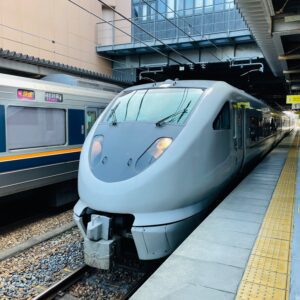
Originally, I should have been able to get on the bus departing from Shinoyamaguchi Station at 10:10. However, the limited express Kounotori No. 3 was delayed by 10 minutes due to a signal failure, so the bus at Shinoyamaguchi Station departed at 10:39. The tourist information center at Shinoyamaguchi Station kindly taught me about sightseeing in Tamba Sasayama City.
After arriving in Tanba Sasayama City, I had the most delicious lunch at “Botan Tei” and went for a walk in the city. A part of Tamba Sasayama City has been selected as a National Important Preservation Districts for Groups of Traditional Buildings as a Shinoyama traditional buildings preservation area. We can walk around almost every tourist destination in the city. It is a wonderful city where we can take a walk while enjoying the old streets.
The first “Taisho Romankan” I visited was the former Shinoyama Town Hall, which was built in 1923 (Taisho 12). It is a beautiful building with a Taisho Romanesque atmosphere. Currently, it is a tourist facility that sells special products of Tanba Sasayama.

2, Sasayama Castle Ruins
Sasayama Castle, which is very close to the Taisho Romankan, was built in 1609 by Ieyasu Tokugawa, who ordered 20 Daimyo. The castle was built with the efforts of a total of 80,000 people under the command of Todo Takatora, who was a master of the castle, and Terumasa Ikeda, who was the owner of Himeji Castle. It is said that the purpose of Sasayama Castle is to surround Osaka Castle. It has also been selected as one of the “100 Fine Castles of Japan” selected by the Japan Castle Association.
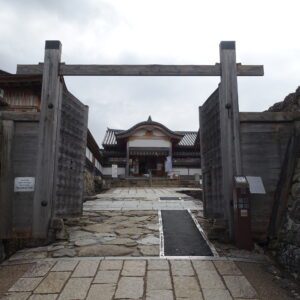
Sasayama Castle Oshoin was the core building of Sasayama Castle without a castle tower. Oshoin is a very large wooden house building, and is comparable in scale to the Ninomaru Palace (national treasure) of Nijo Castle in Kyoto. It has a floor area of 739.33 square meters and a building height of 12.88 meters. When you actually see it, you will be overwhelmed by the huge size of the building. The roof is made of Irimaya and is shingle-roofed.

Sasayama Castle Oshoin was burnt down in 1944, and the current building was rebuilt in 2002. You can see the inside of Sasayama Castle Oshoin. It’s very spectacular.


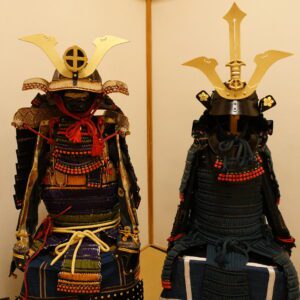
Admission fee: Yen 400 for adults, Yen 200 for university / high school students, Yen 100 for junior high school / elementary school students
The common admission ticket for 4 History Buildings (Sasayama Castle Oshoin, Tanba Sasayama City Historical Museum, Aoyama Historical Village & Dekanshokan museum, Anma Family Samurai Residence Museum) is Yen 600 for adults, Yen 300 for high school / university students, and Yen 150 for elementary / junior high school students. It’s a lot better than buying each ticket alone.
There is also Aoyama Shrine in Sasayama Castle, which enshrines Tadatoshi and Tadahiro of the feudal lord Aoyama clan as deities. The Aoyama family was the family of the Tokugawa Fudai Daimyo, who was a member of shogun’s council of elders.
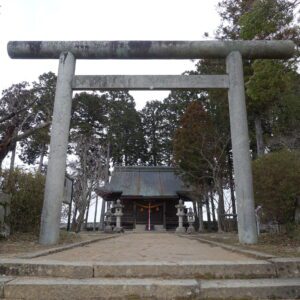
3, Aoyama Historical Village & Dekanshokan museum
The Aoyama Historical Village & Dekanshokan museum is very close to the Sasayama Castle Ruins. The former Sawai family Nagaya-mon (Nagaya gate) at the entrance is a designated cultural property of Tanba Sasayama City.
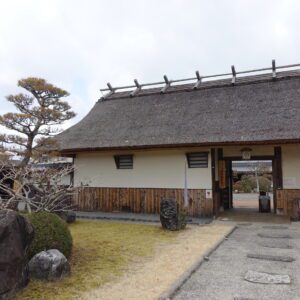
The Keiensha, which was built at Meiji-era as the villa of the Aoyama clan, the lord of the Sasayama clan, is a very simple building as the villa of the former daimyo. The simpleness seems to see the innocence of the former samurai, and I liked it very much.
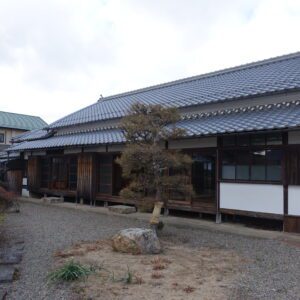

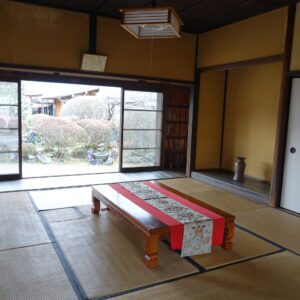
The Dekanshokan museum is a facility that introduces the charm of the folk song “Dekansho-bushi”, which is sung as a nationally famous Bon Odori song, and Tanba Sasayama. In 2015, “Tanba Sasayama Dekansho Bushi -Memories in a folk song-” was selected as one of the first 18 Japanese heritage sites by the Agency for Cultural Affairs. “Dekansho-bushi” is one of the “memories of hometown” of Japan recognized by the country.

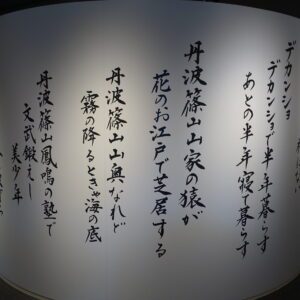
Admission fee: Yen 300 for adults, Yen 200 for university / high school students, Yen 100 for junior high school / elementary school students
The common admission ticket for 4 History Buildings (Sasayama Castle Oshoin, Tanba Sasayama City Historical Museum, Aoyama Historical Village & Dekanshokan museum, Anma Family Samurai Residence Museum) is Yen 600 for adults, Yen 300 for high school / university students, and Yen 150 for elementary / junior high school students. It’s a lot better than buying each ticket alone.
4, Sasayama samurai districts
Okachimachi in Tamba-Sasayama City is a group of samurai residences that retain the remnants of the Edo period.
The Anma Family was a vassal of Mr. Aoyama, the lord of the Sasayama clan. The Anma Family Residence is a typical late Edo period samurai residence with wooden and thatched roofs.
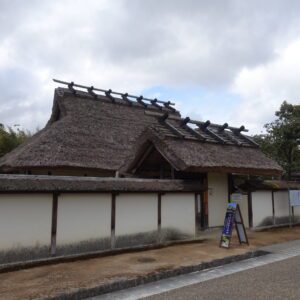
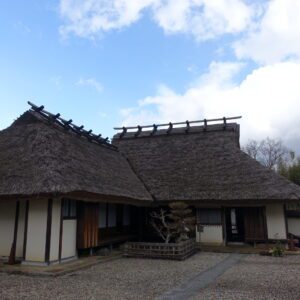
Inside the Anma family residence, there were various samurai exhibits such as armor, which was impressive.
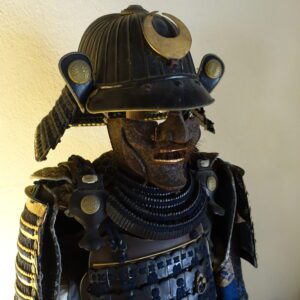
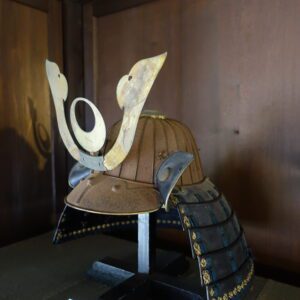
The Inahata doll exhibited in the Yasuma family residence is an important intangible cultural property of Tanba City.
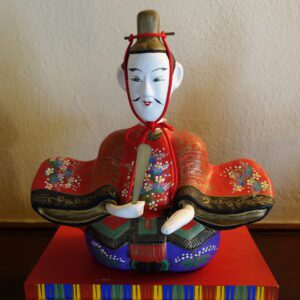
Admission fee: Yen 200 for adults, Yen 100 for university / high school students, Yen 50 for junior high school / elementary school students
The common admission ticket for 4 History Buildings (Sasayama Castle Oshoin, Tanba Sasayama City Historical Museum, Aoyama Historical Village & Dekanshokan museum, Anma Family Samurai Residence Museum) is Yen 600 for adults, Yen 300 for high school / university students, and Yen 150 for elementary / junior high school students. It’s a lot better than buying each ticket alone.
The Sato family residence, which is lined with the Anma family residence, was open to the public. It is a house that has just been re-thatched. The landlord was a very friendly person and released various materials and armor. Nishiki-e and other items were so well preserved that I couldn’t believe they were privately owned, and I enjoyed watching them. Admission to the Sato family residence is free.
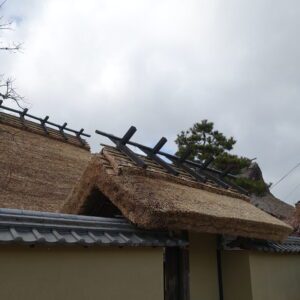
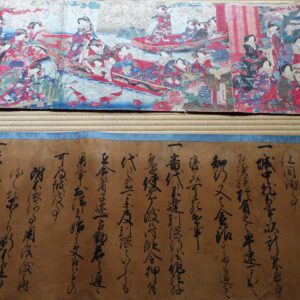
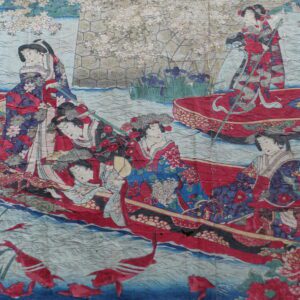

5, Sasayama merchant districts
Sasayama merchant districts, located about a 5-minute walk from Sasayama samurai districts, is a row of merchant houses that retains the remnants of the Edo period on a street of about 600m. The Sasayama samurai districts had only a few samurai residences rather than the entire street. However, in the Sasayama merchant districts, the merchant residences lined up neatly, and I felt it was more fun to take a walk.
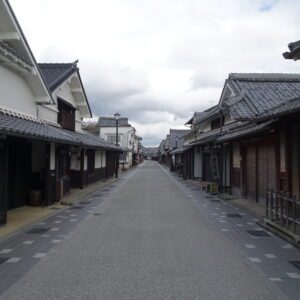
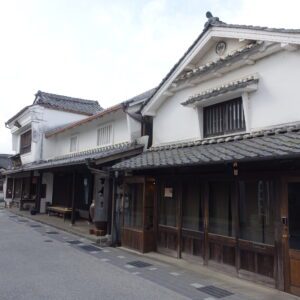
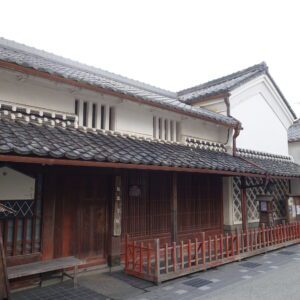
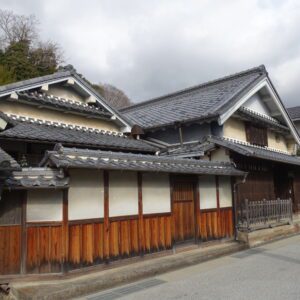
6, Makekirai Inari
Ojiyama Makekirai Inari is an Inari shrine located about a 5-minute walk from the Sasayama merchant districts. If you go up about 200 steps from the first torii gate, you will find the Inari main shrine. There are 44 red torii gates.
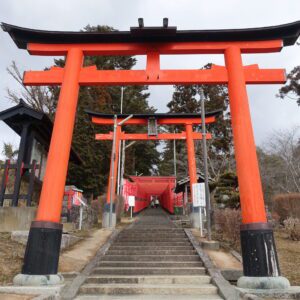
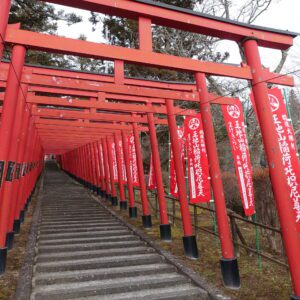
Makekirai Inari (Makekirai : hating to lose, Inari : god of harvests and wealth) is named after the following story.
When Tadahiro Aoyama, the feudal lord of the Sasayama feudal clan, was a member of shogun’s council of elders in the Edo Shogunate, he was disappointed with the wrestlers of the Shinoyama feudal clan who continued to lose every year. However, the Sasayama wrestlers defeated the other clan. However, the Sasayama wrestlers who won all the games were not in the Sasayama clan after the sumo wrestling. When everyone was wondering, it turned out that the names of the Shinoyama clan wrestlers were Inari’s mountains such as Ojiyama Heizaemon. Therefore, it was decided that Inari went to Edo to help the lord. After that, Tadahiro Aoyama dedicated a votive picture of horse to Inari Shrine to thank them.
Tadahiro Aoyama boasts the longest enrollment period (a total of over 31 years) as a member of shogun’s council of elders of the Edo Shogunate, and is enshrined as a deity at the Aoyama Shrine mentioned above.
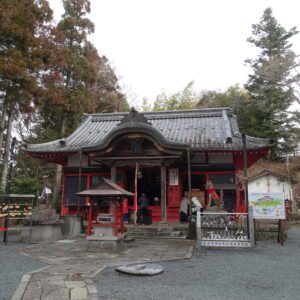
7, Tanba Sasayama City Historical Museum
Tanba Sasayama Municipal Museum of History is a former Sasayama Court. It is about a 10-minute walk from Ojiyama Makekirai Inari. The Sasayama Court was established in 1870 (Meiji 3) using the building of the Sasayama Domain Office. It is one of the oldest wooden courts in Japan.
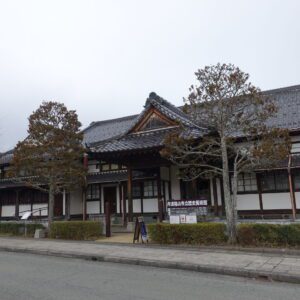
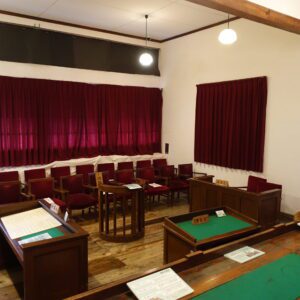
Admission fee: Yen 300 for adults, Yen 200 for university / high school students, Yen 100 for junior high school / elementary school students
The common admission ticket for 4 History Buildings (Sasayama Castle Oshoin, Tanba Sasayama City Historical Museum, Aoyama Historical Village & Dekanshokan museum, Anma Family Samurai Residence Museum) is Yen 600 for adults, Yen 300 for high school / university students, and Yen 150 for elementary / junior high school students. It’s a lot better than buying each ticket alone.
8, Kasuga Shrine
Kasuga Shrine, located just off the Tanba Sasayama City Historical Museum, was separated from Kasuga Taisha Shrine in Nara about 1,000 years ago. In 1609, it was relocated to its present location for the construction of Sasayama Castle.
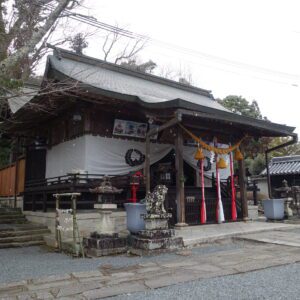
The Noh stage of Kasuga Shrine is a national important cultural property. The Noh stage was dedicated in 1861 by Tadanaga Aoyama, the lord of the Shinoyama feudal lord who was a Noh lover. It is a pity that we cannot see the Noh stage because it is closed by the shutters except when the Noh dedication is held twice a year (Yuan Dynasty Noh of “Okina” on New Year’s Day, Kasuga Noh in Spring).
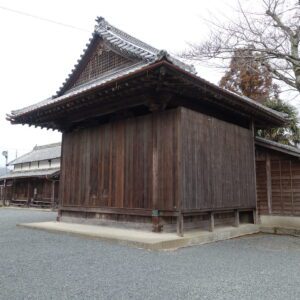
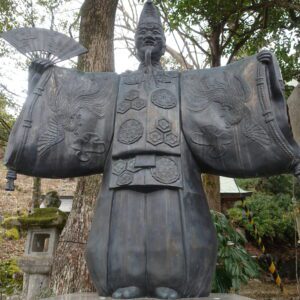
The “Kuroshinme” dedicated to the votive picture of horse of Kasuga Shrine is a designated cultural property of Tanba Sasayama City. This votive picture of horse was dedicated by Tadakuni Matsudaira, the lord of the Shinoyama feudal lord, in 1649, and is said to have been drawn by Naonobu Kano. There are many wonderful votive picture of horse, and I think it is worth visiting Kasuga Shrine just to go to the votive picture of horse. I was slowly watching the votive picture of horse and missed the bus, so I couldn’t go to Fukusumi, a national important traditional building preservation district.

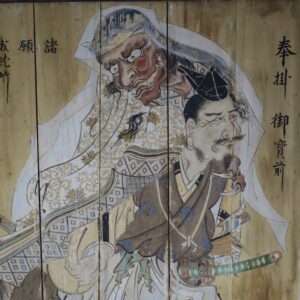
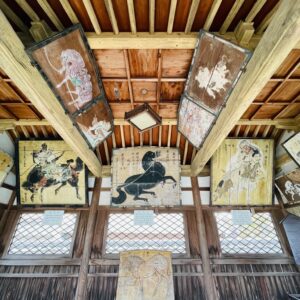
9, Seiganji Temple
The Seiganji Temple, which is right next to the hotel where I stayed, was built by Hatano Hideharu, a military commander in Tanba, at the beginning of the Tensho era (1573-1592). The founder was Yoshitaka Ashikaga (a child of Yoshiteru Ashikaga, the 13th shogun of the Muromachi Shogunate). The tower gate, which retains the architectural style of the Muromachi period (1336 to 1573), is a designated cultural property of Tanba Sasayama. The tower gate was made by a combination method that does not use any nails.
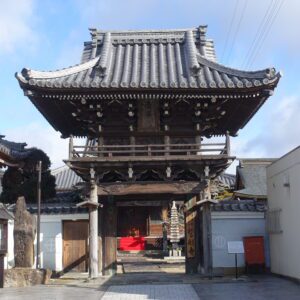
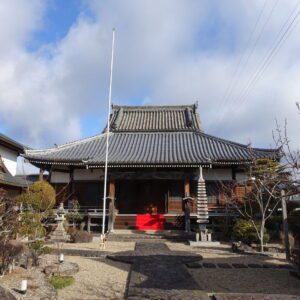
10, Sasayama Castletown Hotel NIPPONIA
The hotel I stayed at in Tanba Sasayama is “Sasayama Castletown Hotel NIPPONIA“, a renovated old folk house hotel. Accommodations are scattered throughout the castle town of Sasayama. In particular, I was able to discover many “Sasayama Castletown Hotel NIPPONIA” in the Sasayama merchant districts. I want to support them in a hotel with a wonderful concept of renovation of an old folk house.
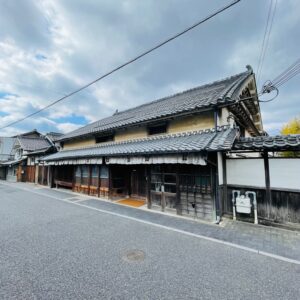
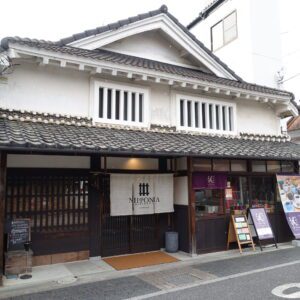
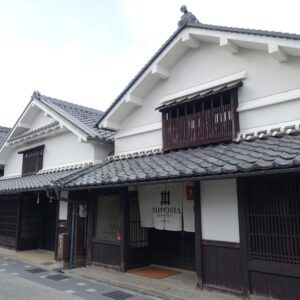
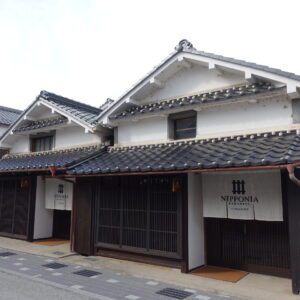
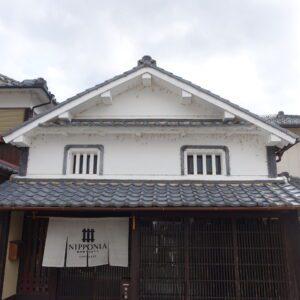
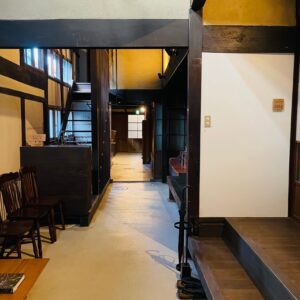
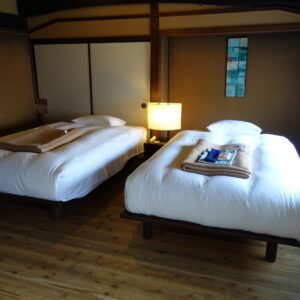
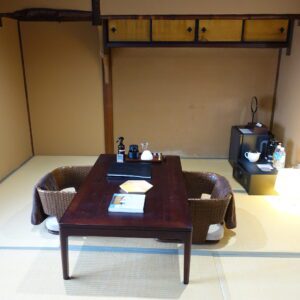
One complaint about the hotel was that it was an old folk house and the soundproofing was not good. It’s an old folk house, so it can’t be helped, but I think people who care about the sound will be quite concerned.
Note: The departure / arrival times, fares of transportation and admission fees, meal fees, etc. listed in the text are as of the time of writing the BLOG. Please check for yourself when you go on a trip as it may change in the future.
